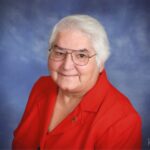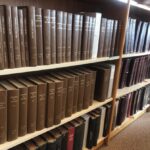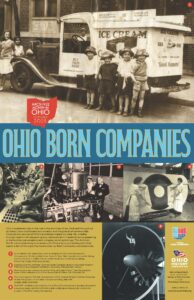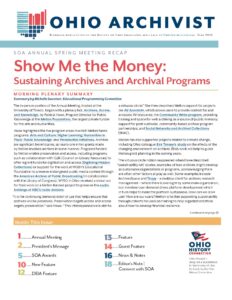Contributed by Sarah Aisenbrey, Sisters of the Precious Blood Archivist, and member of the SOA Advocacy and Outreach Committee.
I respectfully acknowledge the original stewards of the land on which I sit. I am on the traditional lands of the Adena Culture, Hopewell Culture, Kaskaskia People, Myaamia People, Shawandasse Tula (Shawanwaki/Shawnee) People, and ^^(Osage) People.
Many of us learn of the Indigenous people in the United States as if they came “before.” Their history is just that… history. Native American Heritage Month, celebrated every November, aims to change this view.
The following blog introduces a timeline of Native American Heritage Month, a tribute to an Indigenous Sister of the Precious Blood, and a project that aims to provide archival transparency to survivors of Catholic-operated Native Boarding Schools in the United States, pre-1978.
Native American Heritage Month Timeline
September 28, 1915: Rev. Sherman Coolidge (Arapahoe), president of the Congress of the American Indian Association, issues a proclamation to declare the second Saturday of each May as “American Indian Day.”
December 14, 1915: Red Fox James (Blackfoot) presented endorsements to 24 state governments at the White House to seek approval for a day to honor Native Americans.
May 1916: The governor of New York declares the first “American Indian Day,” spurring other states to do the same.
1990: President George H.W. Bush approves a joint resolution designating November 1990 as “National American Indian Heritage Month.”
Source: Library of Congress, Native American Heritage Month website.
Tribute to Sister Mary Yarger
Sister Mary Yarger (Luiseno) was born in April 1949, in Pala, California, where her family managed a 50-acre orange grove. Sister Mary dedicated her life to education, especially of Indigenous children. As the administrator of Sherman Indian High School, she taught where “her grandmother graduated from and where her grandparents married and worked and the place of the birth of their children.” Her dedication to the students and their culture was evident in her actions; she “secured grants to provide healthy snacks and favorite meals such as tacos and Indian fry bread.”
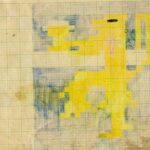
Traditional beading pattern of the crest of the Sisters of the Precious Blood by Sister Mary Yarger.
As late as 2023, Sister Mary was working for the rights of Indigenous people by attending a meeting with the bishop of San Diego. “She arrived with her list of 16 things he could do for the good of the people.”
Sister Mary passed away on May 3, 2024. Her legacy continues to inspire, and, inspired by her advocacy, her Sisters continue to work toward equality and justice for all, especially society’s most vulnerable.
Source: Sister Mary Yarger’s Eulogy.
The Catholic Truth and Healing Project
The Catholic Truth and Healing project was developed by archivists, historians, Tribal Members, and concerned Catholics across the United States, in consultation with Maka Black Elk, Executive Director for Truth and Healing, Red Cloud Indian School, and Jaime Arsenault, Tribal Historic Preservation Officer, White Earth Band of the Minnesota Chippewa Tribe.
The project is a list of Catholic-operated Native Boarding Schools in the United States, pre-1978, compiled to facilitate “access to information for survivors of Native boarding schools, their descendants, and Tribal Nations.” 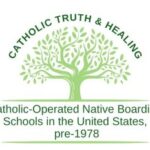
This list is a response to the request from Tribal Nations for access to archival records in the Catholic archives that hold them. It gives Indigenous researchers agency in their history by making these records available; transparency is the goal.
For more information, please visit the Catholic Truth and Healing Project website.
Last Updated on November 12, 2025 by Emily Gainer

